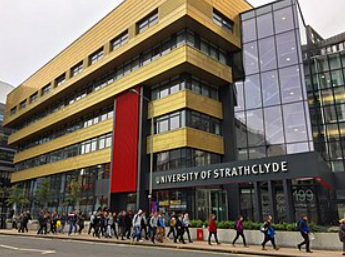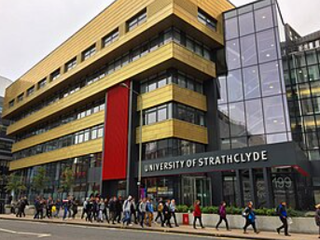
The University of Strathclyde Technology and Innovation Centre (TIC) stands as a beacon of modern research and innovation. Established in March 2015, the TIC was conceived to foster collaboration across disciplines and bridge the gap between academia and industry. Located in the heart of Glasgow, this nine-story facility, with state-of-the-art laboratories, lecture theatres, and open office spaces, serves as a powerhouse for over 1,200 experts working in various groundbreaking fields.
Driving Research and Collaboration
The £89 million centre, funded through a combination of university investments, European Regional Development Fund support (£6.7 million), and a £26 million contribution from the Scottish Government, is designed to foster interdisciplinary collaboration. Key research areas include:
- Advanced Engineering and Manufacturing
- Bionanotechnology
- Photonics and Sensors
- Continuous Manufacturing and Crystallisation (CMAC)
- Energy and Health Technologies
The TIC's collaboration model integrates businesses and researchers, aligning their efforts to address global challenges through innovation and sustainable development.
A Catalyst for Technological Advancements
The TIC hosts the UK's first Fraunhofer Centre for Applied Photonics, emphasizing its role in cutting-edge photonics research. The centre also contributes significantly to Scotland’s International Technology and Renewable Energy Zone (ITREZ), making Glasgow a hub for renewable energy and technology advancements.
Adjacent Facilities and Broader Impact
Next to TIC is the Industry Engagement Building, expanding the university’s capabilities to host industrial partners. Together, these facilities foster a thriving ecosystem for innovation, empowering Strathclyde to remain at the forefront of technological development.
The University of Strathclyde Technology and Innovation Centre exemplifies the institution’s commitment to transforming society through research, collaboration, and innovation. With its state-of-the-art infrastructure and focus on industry partnerships, the TIC continues to shape the future of science, technology, and global progress.
4o

